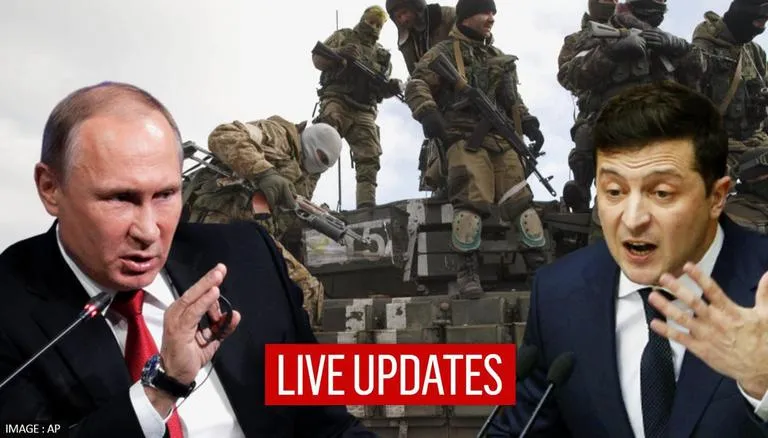More volatility ahead
Just recently, Russia launched military operations in Ukraine which I personally believe would not happen, but it did. On 24th February 2022, a full-scale invasion of Ukraine took place which caused markets to recalibrate all their previous assumptions. Funds have flown out of risky assets (from technology, cryptocurrency and Russian equities) to safer assets such as gold and US government bonds. President Putin has called on Ukraine’s army to surrender and spare the country bloodshed. This is after Russia has made significant progress by taking over a key airport and making its move towards Kyiv. The world now awaits the reaction by Ukraine’s leader as well as President Biden’s promised retaliation, while investors are also trying to assess the likely end–game.
It should be noted that the tough sanctions that are being imposed on Russia will affect its oil supplies to parts of Europe, but supply disruptions in the rest of the world are not guaranteed. Asia has relatively low dependence on Russian energy supplies compared to other markets. About 1.9 million barrels per day of Russian crude oil transits into the region via northern China. About 14% of China’s crude imports come from Russia and less than 10% for the other parts of Asia. Thus, even if sanctions were imposed, the implications on Asian countries with regards to oil and gas supply would not be severe.
Investors should not allow short-term market uncertainty to derail their long-term objectives and goals
Russia and Ukraine Tensions have escalated
On Friday, oil prices steadied after topping $100 per barrel on Thursday for the first time since 2014. Oil had risen as high as $106 before dropping back after the Biden administration announced a raft of sanctions that focused on Russia’s financial sector rather than its energy industry. All economies are still subjected to the global energy market, where prices are already rising due to supply disruption concerns. The imposition of sanctions would add even more upward pressure and further increase inflationary concerns. There is the possibility of oil, metal prices, and natural gas prices to stay uncomfortably high. The cost-push inflationary pressures would be very detrimental to the growth of the global economy with the Eurozone’s economic growth impacted particularly, which will then push Europe towards a stagflation scenario.
On 24th February 2022, there was a sell-down in global equities of almost 10% since the invasion, which exceeds that of any previous geopolitical selloffs but on 25th February 2022, US and European stocks rose as investors noted that western sanctions imposed on Russia for its invasion of Ukraine may be less disruptive to global energy supplies than markets had priced in. As the Russian invasion of Ukraine escalates further, the NASDAQ has rallied 5%. Crude oil has reversed all of its 7% spikes, and gold prices are making new lows for the week. Asia is also affected by the events that are happening, but I believe that fundamentally, Asia is recovering well and will not be impacted as much. Over the past few months, Asia’s industrial, IT, energy and financial sectors have been doing well and have also outperformed their global counterparts, which investors should take comfort in for the following months of uncertainty.
The longer the situation persists, the greater the opportunity there is for countries to make contingency plans, which can reduce the downside of investing if armed conflicts occur in the future. Moreover, this situation is well known, hence I believe some of the risks are already priced into the market. The situation is still evolving, and I will be monitoring the situation closely to look for any broader negative spillover impact into global markets.
Finally, I hope the hostilities stop soon for the safety of the innocents and pray for the safety of those in danger.

